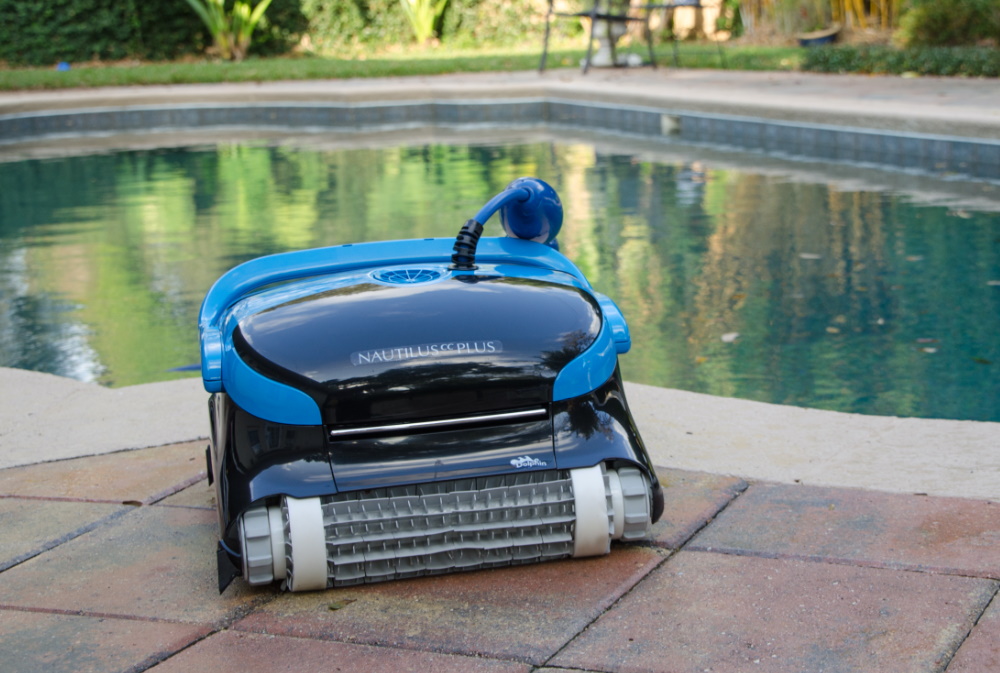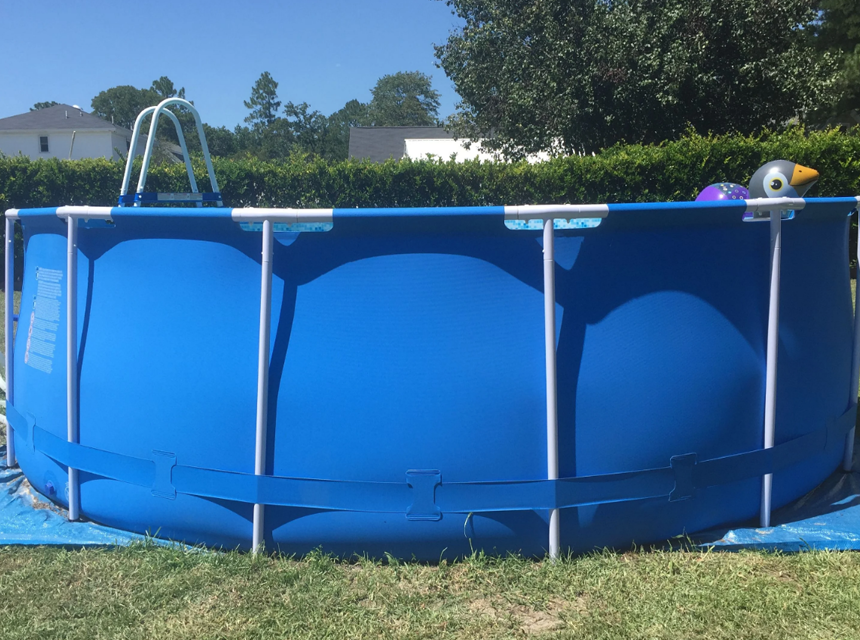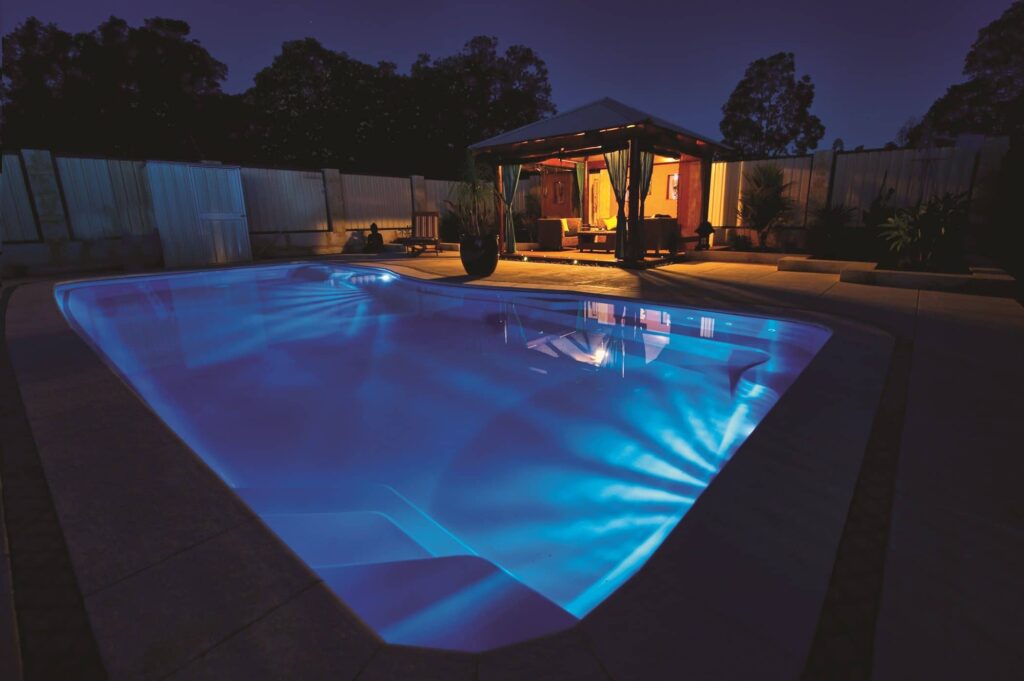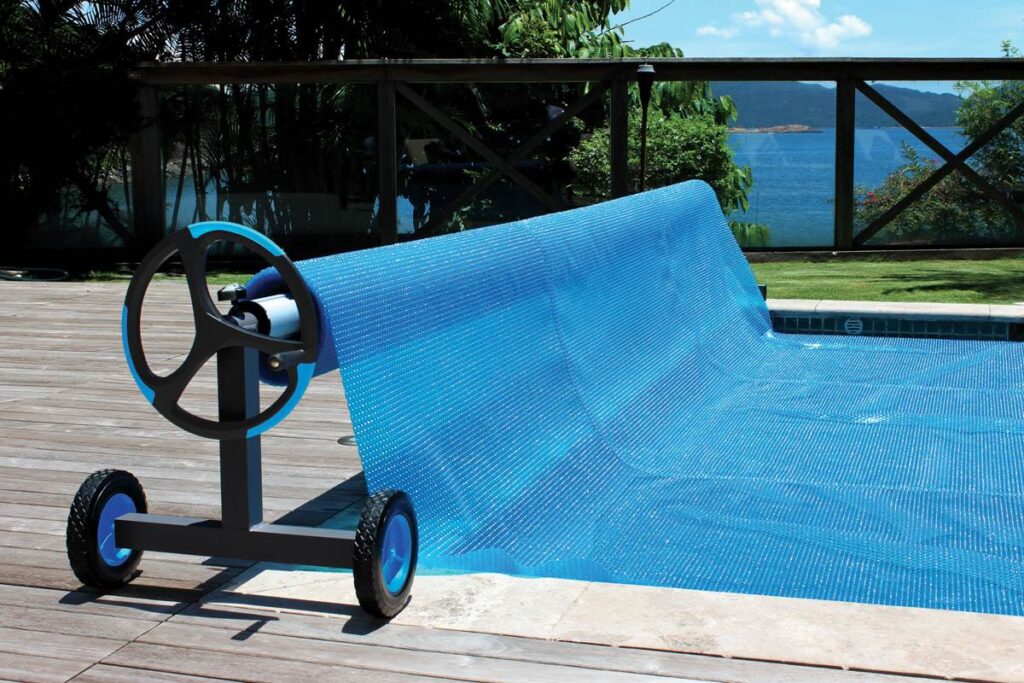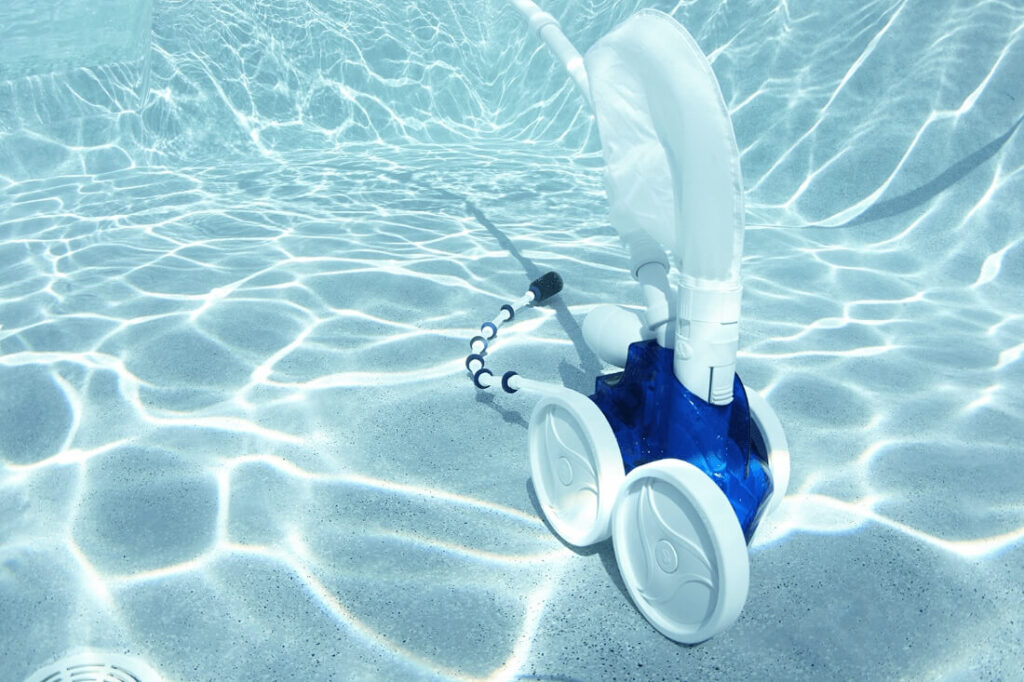Swimming is relaxing, fun, and therapeutic. But when your eyes start to sting and your skin itches, it is no longer fun. To ensure that your pool stays clean and healthy for you, your friends, and your family members, you need to balance your pool’s pH level. That is why we have created this guide on what the pH level of a pool should be and how to raise the pH level in a pool when it gets too low and acidic.
Many scholars have put it in writing, that the effect of low pH in pools can lead to rough and brittle pool liners. Further, when you swim in a pool with low pH, your skin and eyes get irritated, you might suffer from a nasal sting, and your hair and skin will dry out. Getting rid of low pH the wrong way can increase pool acidity cause heavy metal poisoning, organ damage, and so much more.
pH level is a measure of a liquid’s acidity or alkalinity. pH level has a range that begins from 0 and ends at 14. The middle; 7, represents a neutral pH which is the value of water and somewhat for blood as well. According to the United States Geological Survey (USGS), when the value tends toward 0, the liquid gets more acidic as in the case of milk (pH level 6.3), black coffee (pH level 5), lemon juice (pH level 2), and battery acid (pH level 0).
In the same way, when the value of a substance tends towards 14, it is more alkaline (or basic) as in the case of seawater (pH level 8), Ammonia solution (pH level 10.5), and liquid drain cleaner (pH level 14). pH stands for ‘Potential of Hydrogen’ and the level of acidity or alkalinity is dependent on the amount of hydrogen concentration in the material or liquid. While both a high and a low pH can have negative effects, low pH poses more harm to the body and the environment.
Before moving into how to raise pH in a pool, what are the things that can cause your swimming pool to get more acidic?
Highly popular, chlorine tablets are the main substances used to decontaminate a swimming pool. Chlorine, when added to water, forms a weak acid called hydrochloric acid that kills the most predominant water germs like E.coli and salmonella. However, the United States Centers for Disease Control and Prevention (U.S. CDC) states that chlorine with pH is the first line of defense for pool safety. Focus only on chlorine, and your pool will be overly acidic in no time.
When there is constant acid rainfall, your pool can get saturated with too much acid which will lower your pool’s pH level. Caused by the emissions of sulfuric and nitric acid (SO2 and NOx) from factories, vehicles, and other human activities, the pollutants are then transferred into acid particles that would be precipitated onto the earth in the form of rainfall or dust. If you don’t have a pool cover, acid rain could be a reason your pool’s pH is low.
Note that both a low and high pH level is not healthy. Yet, there are more sources about the negative effect of acidic water than alkaline. Swimming in a pool with low pH can cause your skin and hair to dry out, your nasal passages would sting, and your skin would be dehydrated leading to wrinkles. You would be more susceptible to skin eczema, acne, other skin diseases, and teeth problems. For your pool, the water would appear cloudy, algae would begin to bloom, chlorine becomes less effective in killing germs, and you keep itching your body after swimming. While we can go on about all the bad effects of the acidic pool, why not move to the next section and learn how to raise the pH in a swimming pool?
Follow the steps below to know how to raise the pH level in a pool.
This is done to ensure that you don’t raise your pH level too high. Your pool’s pH level should be between 7.2 and 7.8. There are different ways to test the water. You can either use test strips, a liquid testing kit, or a digital pH meter, all of which are available for sale at affordable prices.
Total Alkalinity is the measure of water’s ability to neutralize the acid. In other words, it is the amount of dissolved alkali in the water needed to resist acidity. The recommended value for the total alkalinity of your pool should be between 80 and 120pppm. When total alkalinity is too high or too low, pH control would be difficult to manage in the pool. It also helps to lower acidity and raise pH levels. Using a water tester can also present the level of total alkalinity in the pool.
The next step in how to raise pH balance in pools is to know how much water is in the pool. This would be efficient in knowing the number of chemicals to add into the water as regards the level of pool pH and total alkalinity. To do this, determine the shape of your pool. For round pools, measure the pool’s diameter (in ft) and multiply by itself (i.e. diameter x diameter). The resulting product should then be multiplied again by 5.9; this will give you the volume of water in the pool (in a gallon). For a square or rectangular pool, measure the depth, width, and length of the pool (again in ft), and multiply these three parameters together. Multiply again by 7.5 and that’s your volume.
Three chemicals can be used to raise the pH level of your pool and they can be found in household items. They are baking soda, soda ash, and borax. While the three help to increase a pool’s pH, they are effective in different situations. Use baking soda if the total alkalinity is lower than your pool’s pH. Use soda ash if the pH and the total alkalinity are at the same level. Finally, choose borax if the pH is lower than the total alkalinity.
Use the guideline below to note how much baking soda (or other chemicals you need) to raise the pH in the pool. For every 10,000 gallons used;
Finally, simply pour in half of the quantity you have measured directly onto the skimmer. Then test again using any of the methods you have used in the first step. If the level is not yet attained, pour more and retest. Make sure that you allow the pump to run for an hour to ensure that the chemical is fully absorbed before you retest. To that, you can say you now know how to raise pH and alkalinity in a pool.
Aeration is the process of mixing air and water so that dissolved gases are removed and neutralized. It is used to filter and clean out the water and can also be used to increase the pH level of your pool. The methods for water aeration include anything that troubles the flow of water and brings in bubbles. This can go from multiple splashes in the water to continuous pumping, and so on.
1. Can I use baking soda to raise the pH?
Baking soda is a very effective household chemical that can be used to raise the pH level of a swimming pool. By adding a small amount of baking soda (about 27oz per 10,000 gallons of water), you can gradually increase your pool’s pH.
2. Is low pH bad for the pool?
Low pool pH means that your pool water is acidic. Swimming in it can cause adverse effects on your skin and overall health. It is also not great for your pool’s structure. When you leave the water with a low pH in your pool, the water becomes cloudy and algae bloom.
3. What are the acceptable pH and alkalinity ranges?
The recommended pH level for your swimming pool should be between 7.2 and 7.8. Anything lesser or higher becomes unsafe. The recommended value for a pool’s total alkalinity is between 80 and 120pppm. A lower score means that you need to know how to raise your pool alkalinity and pH fast.
While a low pH (less than 7 and 7.6) can sting your eyes while swimming, and a high pH (more than 8), can put you at risk of skin rashes. Therefore, low pH is not the only thing that can happen to your swimming pool, but it is the one with the most effects. According to this guide, low pH affects the pool water and the swimmer’s skin. But if you mistakenly drink the water while swimming, it can cause organ problems, heavy metal poisoning, abdominal pain, bone health deterioration, and so on. Though there are three ways on how raise the pH level in a pool (soda ash, baking powder, and borax), you can also raise your pool’s pH naturally using the process of aeration. Since those chemicals affect your water’s total alkalinity it would be a better idea to choose the natural method for a pool with normal total alkalinity.
